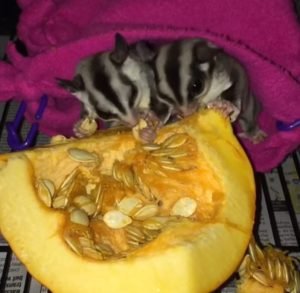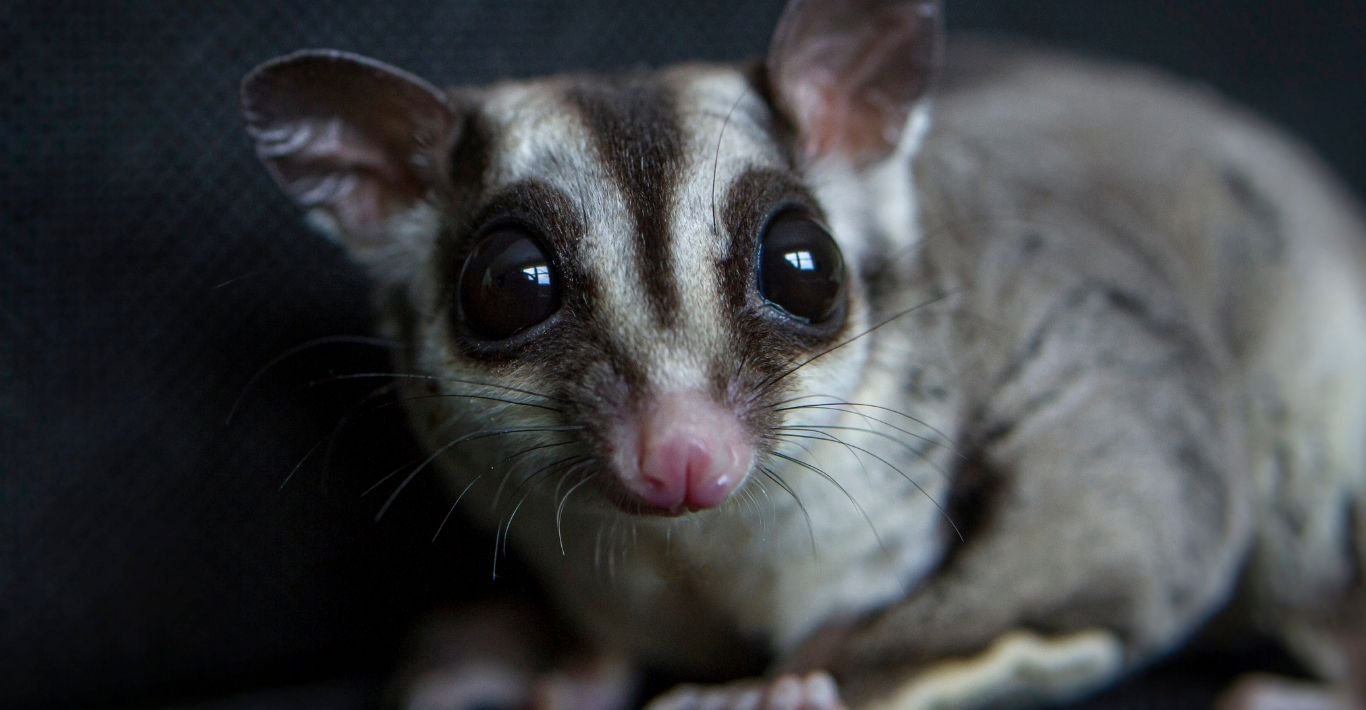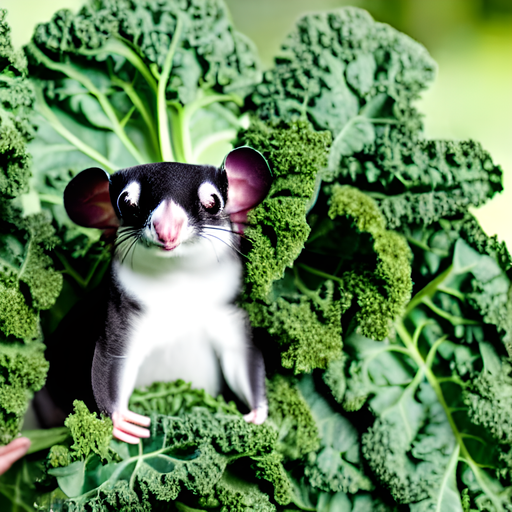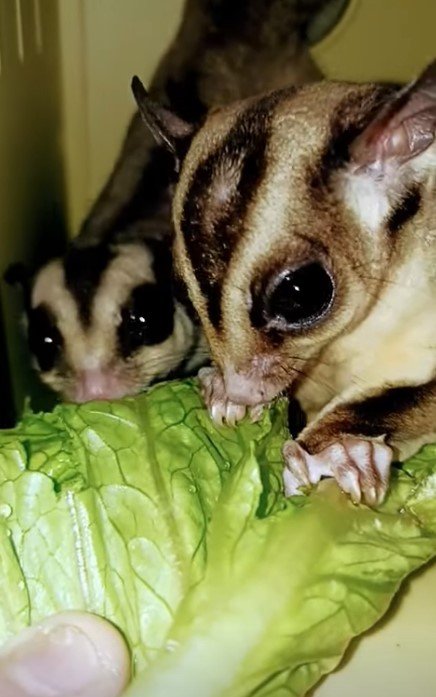Can Sugar Gliders Eat Pumpkin
Can Sugar Gliders Eat Pumpkin: A Nutritional Guide for Pet Owners
Yes, sugar gliders can eat pumpkin. Pumpkin can be a healthy and nutritious addition to a sugar glider’s diet. It is rich in vitamins A, C, and E, as well as fiber. However, as with any new food, it should be introduced gradually and in moderation. In this article, we will explore the benefits of feeding pumpkin to sugar gliders, how to prepare it, and some precautions to keep in mind.
The Benefits of Feeding Pumpkin to Sugar Gliders
Pumpkin offers several health benefits for sugar gliders. Here are some key advantages:
1. Nutritional Value
Pumpkin is packed with essential nutrients that can support your sugar glider’s overall health. It is an excellent source of vitamins A, C, and E, which are important for their immune system function, skin health, and vision. Additionally, pumpkin contains dietary fiber, which can aid in digestion and prevent constipation.
2. Enrichment and Variety
Feeding pumpkin to your sugar glider can provide them with a new and interesting food option. Adding variety to their diet helps prevent boredom and encourages natural foraging behaviors. Offering different textures and flavors can make mealtime more enjoyable for your glider.
3. Natural Antioxidants
Pumpkin is rich in antioxidants, such as beta-carotene, which can help protect cells from damage caused by harmful free radicals. Antioxidants play a crucial role in maintaining overall health and reducing the risk of chronic diseases.
4. Weight Management
Pumpkin is relatively low in calories and high in fiber, making it a great option for sugar gliders that need to manage their weight. The fiber content helps promote feelings of fullness and can prevent overeating. It’s important to monitor your glider’s weight and adjust their diet accordingly to maintain a healthy body condition.

How to Prepare Pumpkin for Sugar Gliders
When feeding pumpkin to your sugar glider, it’s essential to prepare it properly to ensure it is safe and easy to consume. Follow these steps:
1. Choose the Right Pumpkin
Select a pumpkin that is ripe and free from any signs of rot or mold. Sugar pumpkins or pie pumpkins are typically the best options, as they have a sweeter flavor and smoother texture.
2. Wash and Remove Seeds
Thoroughly wash the pumpkin to remove any dirt or residue. Cut it open and scoop out the seeds and stringy pulp. These can be set aside for later if you want to offer them as a separate treat.
3. Cook or Steam
You have a couple of options when it comes to cooking the pumpkin. You can bake it in the oven at 350°F (175°C) until the flesh is soft and easily scooped out. Alternatively, you can steam it until it becomes tender. Avoid using any seasoning or additives.
4. Remove the Flesh
Once the pumpkin is cooked, allow it to cool and then scoop out the flesh. Mash it or puree it to achieve a smooth consistency. You can store any excess pumpkin in the refrigerator for a few days or freeze it in portion-sized containers for future use.
5. Serve in Moderation
Introduce pumpkin to your sugar glider’s diet gradually, starting with small amounts. Monitor their response and adjust the serving size accordingly. Too much pumpkin can cause digestive upset, so it is important to feed it in moderation alongside their regular balanced diet.
Precautions When Feeding Pumpkin to Sugar Gliders
While pumpkin can be a healthy addition to a sugar glider’s diet, there are a few precautions to keep in mind:
1. Avoid Seasonings and Additives
When preparing pumpkin for your sugar glider, avoid adding any seasoning, salt, sugar, or other additives. These can be harmful to their health. Stick to plain, cooked pumpkin as a safe and nutritious option.
2. Monitor for Digestive Issues
Some sugar gliders may experience digestive upset when introduced to new foods. Monitor your glider for any signs of diarrhea, bloating, or discomfort after consuming pumpkin. If you notice any issues, discontinue feeding it and consult with a veterinarian if necessary.
3. Feed in Moderation
While pumpkin is beneficial, it should only make up a small portion of your sugar glider’s diet. Aim to feed it as a treat or occasional addition rather than a primary food source. Balancing their diet with a variety of other fruits, vegetables, proteins, and commercial glider pellets is crucial for their overall well-being.
Frequently Asked Questions
1.Can sugar gliders eat pumpkin seeds?
Yes, sugar gliders can eat pumpkin seeds. However, it’s important to remove any pulpy flesh from the seeds and ensure they are thoroughly washed. Pumpkin seeds can be offered as a separate treat or mixed with other nuts and seeds for added variety.
2.Can sugar gliders eat pumpkin skin?
While sugar gliders can eat pumpkin skin, it is not recommended. Pumpkin skin is tough and difficult to digest, and there’s a risk of it causing digestive issues or blockages. It’s best to stick to the soft and cooked flesh of the pumpkin.
3.Can pumpkin be substituted for other fruits and vegetables?
Pumpkin can be a great addition to the variety of fruits and vegetables you offer your sugar glider. However, it should not be the sole replacement for other essential foods. A balanced diet that includes a range of fruits, vegetables, proteins, and glider pellets is necessary for their overall health.
Final Thoughts
In conclusion, sugar gliders can safely enjoy pumpkin as part of their diet. Pumpkin offers several health benefits, including essential vitamins, nutrients, and fiber. Remember to prepare it properly, serve it in moderation, and monitor your glider’s response. As with any dietary changes, consult with a veterinarian if you have any concerns. Adding pumpkin to your sugar glider’s menu can provide enrichment, variety, and enhance their overall well-being. So go ahead and treat your furry friend to some pumpkin goodness!







